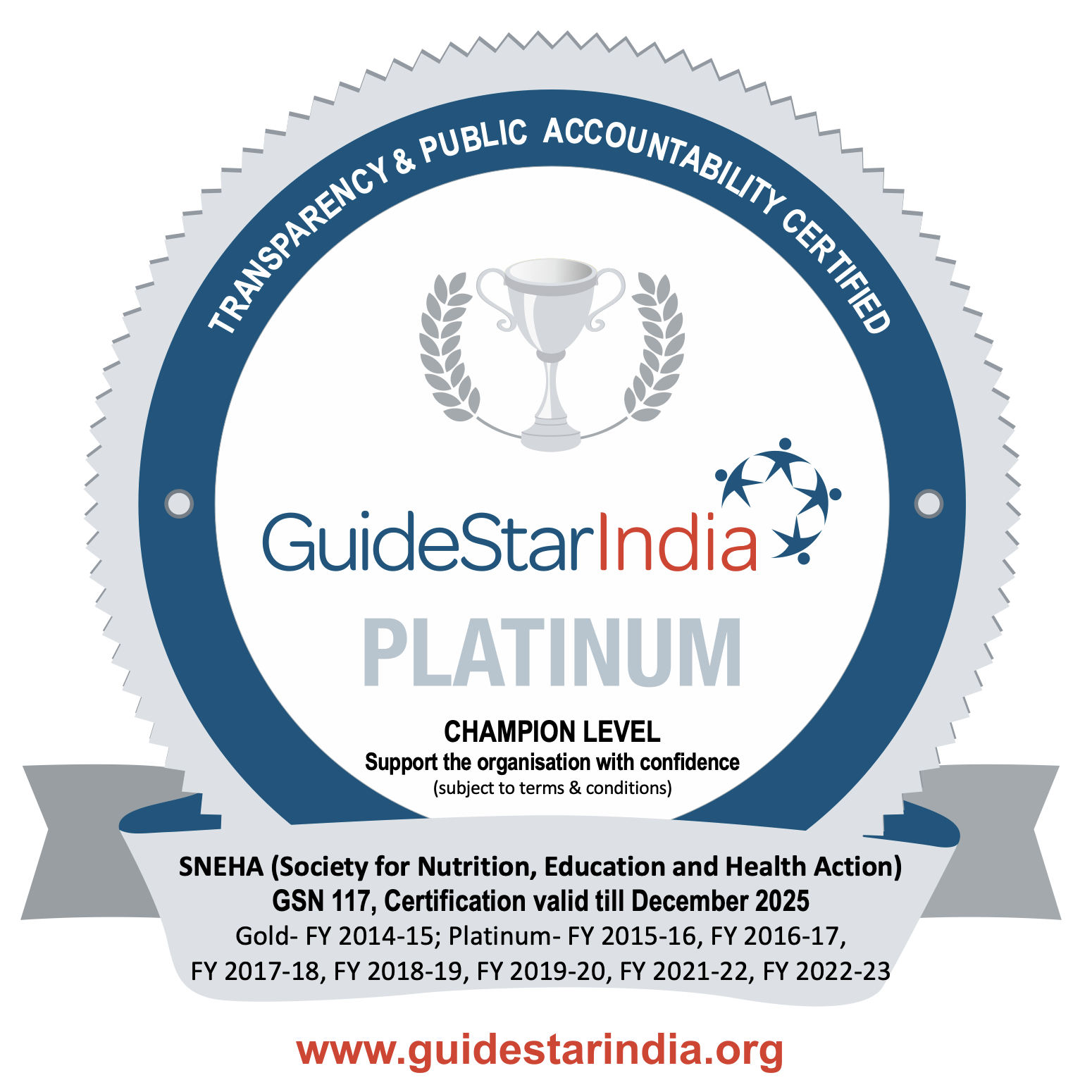Lessons for Communication Strategies During Health Emergencies from a COVID-19 Knowledge, Attitudes, and Practices Study in an Informal Settlement in Mumbai, India.
Mar 27 2025 / Posted in
 DOWNLOAD
DOWNLOAD
The document analyzes the knowledge, attitudes, and practices (KAP) of residents in Dharavi, Mumbai, during the second wave of the COVID-19 pandemic. It highlights how communication strategies can be more effective when they are context-specific, multidimensional, and trustworthy. Government messaging during health crises needs to focus on creating awareness, changing behavior, and addressing public fears through targeted and reliable information. One of the key findings of the study is that while television and social media were common sources of information, community health workers (CHWs) and local doctors
were considered the most trusted. Many residents preferred receiving information through personal interactions rather than digital or mass media. This preference underscores the role of interpersonal communication in ensuring that public health messages are not only heard but also acted upon.
The report also points out challenges such as misinformation, fear, and resistance to certain preventive measures like vaccination. Misinformation, particularly through social media, led to hesitancy in adopting safety guidelines. The study suggests that combating such misinformation requires a proactive approach, including community-led information campaigns and engagement with trusted local figures.
Another critical aspect covered in the document is the role of local governance and grassroots organizations in pandemic response. Collaborative efforts between government agencies, non-governmental organizations (NGOs), and community groups played a crucial role in addressing health crises. The study emphasizes that a decentralized and community-driven approach is essential to ensure effective crisis management in informal settlements.
Finally, the research highlights the need for long-term investment in health communication infrastructure to better prepare for future emergencies. Recommendations include strengthening digital literacy, training CHWs in risk communication, and developing culturally relevant and linguistically accessible health messaging. These strategies can help bridge the information gap and build resilience in vulnerable communities.
Share:












